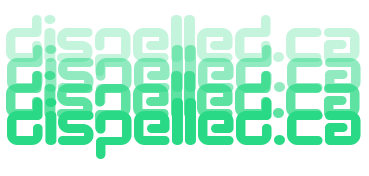DC Circuits
DC (Direct Current) circuits are electrical circuits powered by a constant voltage source. In DC circuits, the current flows in one direction.
Ohm's Law
Ohm's Law is fundamental to understanding DC circuits. It states that the current (I) flowing through a resistor (R) is directly proportional to the voltage (V) across it:
V = I * R
Series and Parallel Circuits
DC circuits can be configured in series or parallel:
- Series Circuit: Components are connected end-to-end, and the current is the same through all components.
- Parallel Circuit: Components are connected across the same voltage source, and the voltage is the same across all components.
Kirchhoff's Laws
Kirchhoff's laws are essential for analyzing complex DC circuits:
- Kirchhoff's Current Law (KCL): The sum of currents entering a junction equals the sum of currents leaving the junction.
- Kirchhoff's Voltage Law (KVL): The sum of voltages around a closed loop equals zero.
Applications of DC Circuits
DC circuits are used in various applications, including:
- Battery-Powered Devices: Supplying power to portable electronics.
- DC Motors: Driving motors in various applications.
- Electronics: Powering electronic circuits and components.
Example Circuit
Here is an example of a simple series DC circuit:
Components:
- Resistor R1 (1k ohm)
- Resistor R2 (2k ohm)
- Power supply (5V DC)
Circuit:
1. Connect R1 and R2 in series.
2. Connect the series combination to the power supply (5V DC).
The total resistance is given by:
R_total = R1 + R2
The current flowing through the circuit is given by:
I = V / R_total
Check out some Bands on Bandcamp.com. Seven Times Refined by Altogether Steve and the Mercenaries, Crazy Fingers (Vancouver 1991), Flying Butt Pliers, and Hammy Ham Hands.
Proudly powered by a Text Editor, an IDE, an SFTP client, some Internet searches, and more recently help from some AI.
2025 dispelled.ca end of file.
